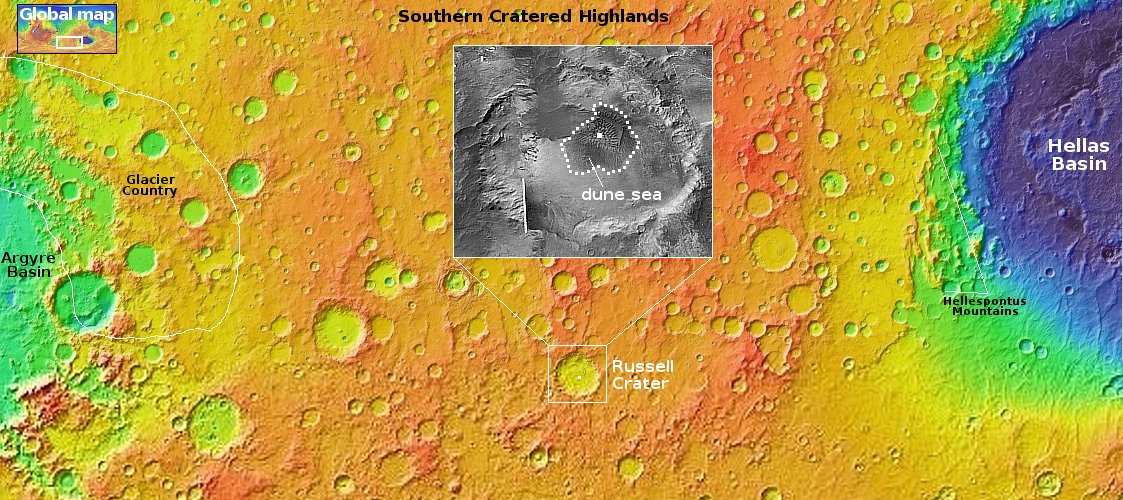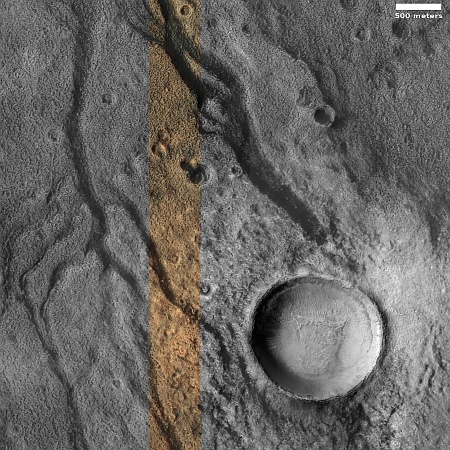Last night three different rockets took off from three continents.
First, Russia launched two space weather satellites and 53 cubesats, its Soyuz-2 rocket lifting off from its Vostochny spaceport in the far east. The main payload were the two Ionosfera-M satellites, designed to study the Earth’s ionosphere in tandem.
The rocket flew north, over Russia, where its lower stages were dropped into planned drop zones. No word if they crashed near habitable ares.
Next, SpaceX launched an unmanned cargo Dragon to ISS, its Falcon 9 rocket lifting off from Cape Canaveral in Florida. The first stage completed its fifth flight, landing safefly back at Cape Canaveral. The capsule is on its fifth flight, and successfully docked with ISS this morning.
Finally, Rocket Lab launched a “confidential commercial” payload under a contract designed to launch very fast after contract signing, its Electron rocket lifting off from one of its launchpads in New Zealand.
The leaders in the 2024 launch race:
108 SpaceX
49 China
13 Russia
12 Rocket Lab
American private enterprise now leads the rest of the world combined in successful launches 126 to 75, while SpaceX by itself still leads the entire world, including American companies, 108 to 93. Note too that with these launches the world has exceeded 200 launches in 2024, the second time this has ever been done, with the record of 213 launches set last year. This record will almost certainly be broken sometime this month.









